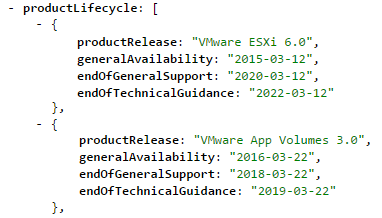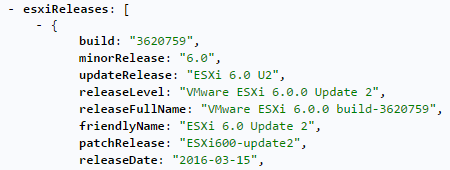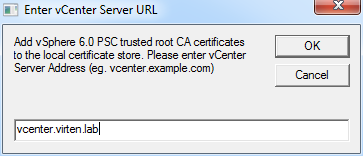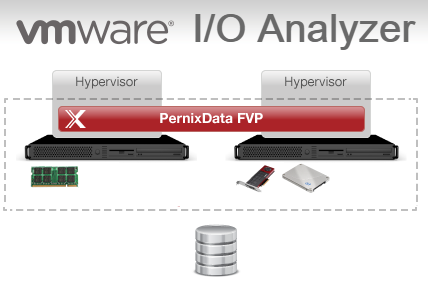VMware NSX-V 6.2 Hardware Requirement Calculator
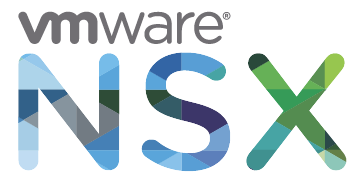 Before you install or upgrade NSX-V 6.2, consider resource requirements. One NSX Manager per vCenter Server is mandatory. At least 3 NSX Controllers are recommended. You can install one instance of Guest Introspection and Data Security per ESXi host and multiple NSX Edge instances per datacenter.
Before you install or upgrade NSX-V 6.2, consider resource requirements. One NSX Manager per vCenter Server is mandatory. At least 3 NSX Controllers are recommended. You can install one instance of Guest Introspection and Data Security per ESXi host and multiple NSX Edge instances per datacenter.
I've created a NSX Hardware Requirement Calculator. Enter the number of NSX Controllers, ESXi Hosts and NSX Edges you are planning to deploy. The tool calculates the total required Memory, virtual CPUs and disk space.

